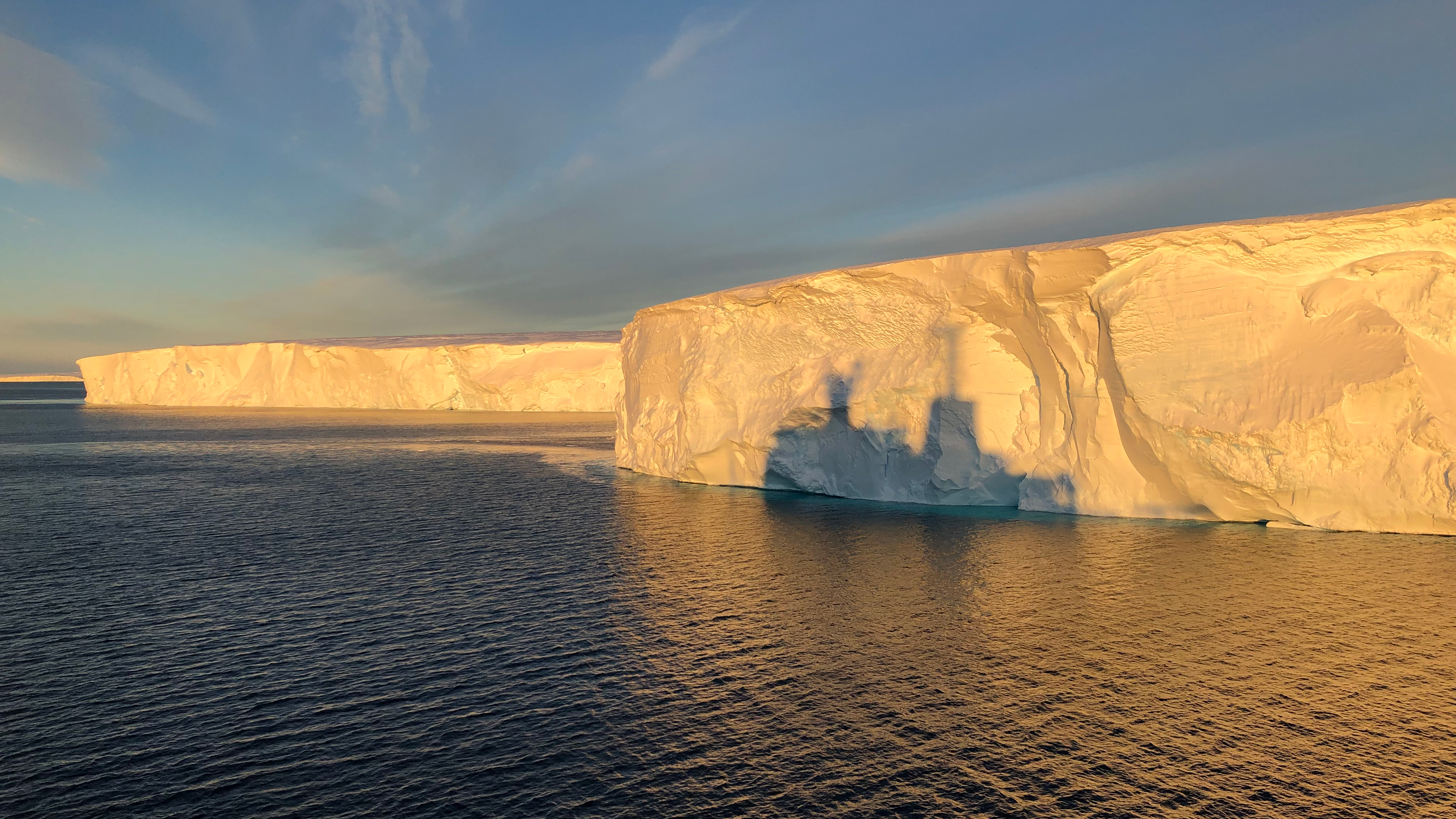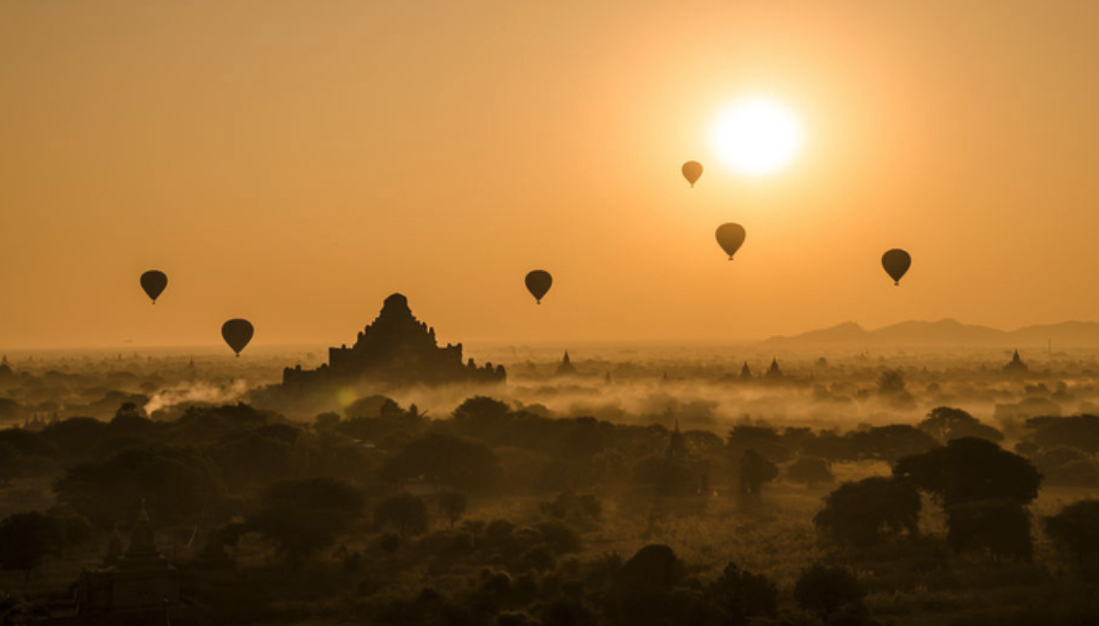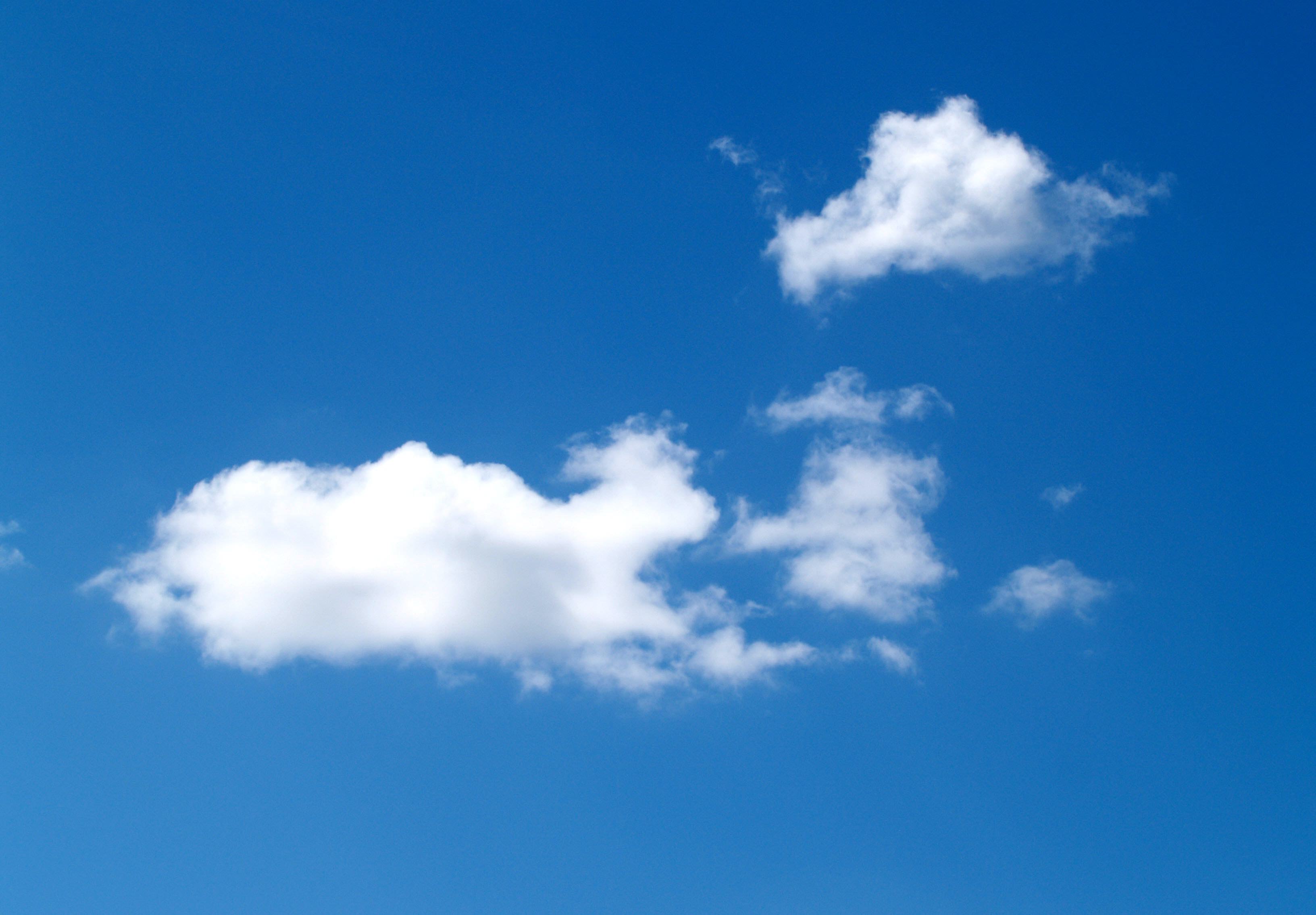
Tall grass prairie landscape, South Unit. Theodore Roosevelt National Park, North Dakota, USA. (Panoramic). [o]
CARRYING
In the disc of a fading
morning moon hovering
over a sunlit cloud
I am thinking of distances
and weights, how we love
and labor under shadows
of bigger things, our short days
less than breaths of much
longer stories. This morning
I am reminded of the wounds
carried by those caring
for wounds. I can’t stop
thinking of the student who
worked the overnight crisis line
all summer, how she told me
she woke one morning and
could not stop crying.
I remember my friend
the 1-A-O who flew
into Vietnam armed only
with a medical kit and a copy
of Marquez’ Cien Años
de Soledad, and who somehow
walked back out of the jungle
with that book, its pages
molding, plus a few items
filched from the last aid station
before the army torched it
in their retreat. When it seems
impossible to make even a blip
in the scope of suffering
I remind myself we can always
do this: help those helping,
tend to those tending, and
sometimes simply sit
and listen to the stories
they have carried
and how far and how
heavy they are. We can
always lean in and take
a bit more of the weight.

"Their brief light across / this place, how they shine . . ." [o]
METEORS
Tonight they say will be
the best chance to glimpse
the Perseids this year, so
I am wondering where
to unroll the sleeping bag
and charting what slice
of late summer sky
seems likely to show
the most streaks
of bright surprise.
I remember how the wheel
of stars and the long belt
of Milky Way used to mark
the seasons here, how Orion
hunted close over the house.
But over the years the light
dome of town has brightened
and smudged the southern sky.
A row of red lights winks
in unison from the eastern
ridge, signalling wind turbines
miles away. Tonight we’ll stalk
what dark we can find,
some view of sky
black and still
enough to still us
as we wait
warm together
in the chill
of small hours
sighting, sighing
at streaks startling
their brief light across
this place, how they shine
witnessed or hidden, passing
through us, passing through.

Thwaites Glacier. [o]
MORNING AT THE END
In every sunrise a scrim of dust
and ash connects us to the far
edges of the smoking continent.
There are not enough trees.
There are not enough bees.
Too many algal blooms
scud the surface of the pond.
Heavy rain or no rain.
The tulips come too early
and the frost comes too late
for fruit. There is nothing left
to do. We stew in our discontent
while underground heat cooks
the Thwaites glacier. But then
there is day and the way our
shoulders square to meet it.
We mend fence. We open gates.
We watch the lavender horizon
hammer into morning, an orange
shield we duck under, a new
promise we breathe, stop
to photograph, rise to meet.

Lighter than air. [o]
GRAVITY
It is the first law we learn,
the force that pulls us weightless
from our mothers, the same pull
that sinks the kitten in the weighted sack.
We spend our whole lives working
against it, building muscle and bone
in resistance. We fall and break
and kneel in gratitude to the ground.
While we live we walk the scars
of loss too great to imagine, stalk
the yard of empty yearning arms
where children rock themselves
to sleep and mothers weep.
We scatter earth to mark the end
of an earthbound journey. We lift
our gazes, our heads, our arms
to signify our spirits freed.
Held fast to this beautiful grave world
we keep moving forward. We find the road
and follow it. We let dogs remind us.
We make the path by walking.

"Maybe the fragile blue sky behind the newly framed house . . ." [o]
MAYBE
Maybe on a day in December warm enough for you to finish a roof I will drive out to meet you in the afternoon with a basket of hot tamales and some salsa too
and a couple slices of pumpkin pie
in a tin. Maybe we will sit in the front seat
of the truck parked facing south so
the sun warms its windshield while we eat
from paper plates and share a stack
of napkins while the corn husks pile up
in a bag between us. Maybe the fragile blue
sky behind the newly framed house will voice
the wind in ruffles of wrap and the new roof
felt will rattle like a paper lantern. Maybe
in that place in the country somewhere
where roofs are made of paper
and walls are only stalks of wood
we will imagine ourselves
starting over, how if we do
a view of water would be nice.
You say maybe the first thing
you’ll do when you get home
is take a hot bath to soak the cold
from your shoulders, and I say
you can do it. We can make it happen.
We can make anything happen.

Amy Sage Webb-Baza fills out
THE WILD CULTURE SCRIBBLER'S QUESTIONNAIRE
What is your first memory and what does it tell you about your life at that time and your life at this time?
My earliest memories associatively combine into one prolonged dream state, a single day in which I am alone, sometimes hidden, always observing. I watch squirrels, the pattern of leaves against sky, tiny red spiders on a park bench. I touch tree bark, the calico cat’s fur. I have strong sense memories of this prolonged day: the feel of rocks under bare feet, the smell and cool sensation of grass, sitting on sidewalk warmed by sun. I hide in the branches of the maple tree in the front yard from where I refuse to communicate except by notes placed in a bucket that I have strung to a rope pulley. I crouch for what feels like hours watching patterns of light on water and listening to a little creek chuckling over rocks.
I was then and, despite my current busy-ness, still consider myself now a solitary and contemplative sort, with a tendency towards meditative reverie. As a child I was magnetically drawn to and completely captivated by whatever seemed wild within the middle landscape of suburbia. Today I live rurally but I work in a university. I spend a great deal of my time looking at computer screens. Although I find myself a hub at the center of diverse human activity, I am always watching the sky and trees. Animals and water still me. The part of me I consider my truest self strikes out alone, seeks special vantage points, watches.
Can you name a handful of artists in your field, or other fields, who have influenced you — who come to mind immediately?
Annie Dillard, Sharman Apt Russell, and Mary Oliver.
Where did you grow up, and did that place and your experience of it help form your sense about place and the environment in general?
I grew up and lived in and around Dayton, Ohio from the late 1960s through the 1980s. Kids were taken to parks, the arboretum, lakes, rivers, camping. My parents kept moving further into the suburban sprawl, where woodlands, rivers, creeks, and farmlands were still abundant and nearby. That’s all gone now.
My sense of place has tended to be elegiac, a kind of preciousness created by impending loss. I learned to develop a close vision in terms of the natural world because there were no sweeping vistas.
My sense of the environment in general tends towards a deep ecologist or maybe even pantheist view. By this I mean belief in an inherent value in all things and a vision of the environment as a vast network teeming and interconnected at micro and macro levels in which anthropocentric concerns are miniscule.
If you were going away on a very long journey and you could only take four books — one poetry, one fiction, one non-fiction, one literary criticism — what would they be?
Poetry: Mary Oliver, New and Selected Poems, Vol 1. Fiction: Italo Calvino, Invisible Cities. Nonfiction: Joan Didion, We Tell Ourselves Stories in Order to Live (collected essays). Literary Criticism: Charles S. Brown and Ted Toadvine’s Ecophenomenology, or Susan Rowland’s Jung and Literary Theory.
What was your most keen interest between the ages of 10 and 12?
I was alone most of the time between the ages of ten and twelve. I spent hours outside putting myself through different drills—how many times I could hit the same part of the garage door with the ball and catch it, how many times I would need to pedal my bike in order to coast the whole distance around part of the block.
Indoors, I was fascinated with miniaturization. I created tiny little books out of colored paper, and I made small secret spaces for myself to read books. I had a tiny, battery-operated lamp and I would drag in sleeping bags and pillows and create reading rooms in closets or under the stairs.
I had unending interest in the cat. Everything it did was fascinating. I watched it and stalked it. I bounced rubber balls, dragged string, chased, and played with the cat. I dressed it in costumes. I drew pictures and wrote stories and songs about that cat.
At what point did you discover your ability with poetry?
I’ve primarily seen myself as a prose writer, both fiction and nonfiction. I treated poetry as a meditative practice for most of my adult life, a process of observation and journaling. I wrote poetry only occasionally during my 30’s and 40’s. I only started writing poetry with intention in my 50s!
Do you have an ‘engine’ that drives your artistic practice, and if so, can you comment on it?
My practice is pretty similar to what James Wright advocates. I try to capture an image or a moment and start investigating to see what is at the heart of that, remaining open to any interesting gifts or connections that arise as I follow it. The engine of that practice is something like deep play, a curiosity flow-state.
If you were to meet a person who seriously wants to do work in your field — someone who admires and resonates with the type of work you do, and they clearly have real talent — and they asked you for some general advice, what would that be?
Find your tribe. Follow and support others whose work you admire. Read them and learn from them. Find what you can be faithful to.
Keep growing and trying techniques. Give yourself challenges to develop your process and the product will come.
Do you have a current question or preoccupation that you could share with us?
Five years ago I set the goal for myself to investigate and pursue what it would mean to live peace as a transitive verb. We have so many expressions for the opposite of peace. Battle, fight, war, etc. The only word that comes close to peace as a verb is love. But you can’t “peace” someone. Unlike love, peace doesn’t function in our language as both a noun and a verb. If we can only express it as a state of being, then what implications does that have for whether and how we can live peace? I’m deeply curious about and very immersed in this work of exploring this and living peace as a verb.
What does the term ‘wild culture’ mean to you?
To me, wild culture is the paradox of our Anthropocene moment. We try to reduce the owl’s call into who cooks for you, but the coyote’s howl still chills us. Each day offers another name of another creature nearly gone. We’re aware of them hunting the narrow selvage of our suburbs, swallowing our plastic straws, but we’re still awed by the hawk’s long glide. The thrill of its plunge reminds us of the stalk and hunt all around us, the talons of the untamed world.
If you would like to ask yourself a final question, what would it be?
I don’t need to ask myself anything more. These questions are pretty thorough.

AMY SAGE WEBB-BAZA is Professor of English and Director of the Creative Writing Program at Emporia State University, where she was named Roe R. Cross Distinguished Professor and directs the Donald Reichardt Center for Publishing and Literary Arts. She is managing editor for Bluestem Press and Flint Hills Review. She publishes fiction, poetry, and nonfiction, and is author of Your Own Life: Kansas Stories (Woodley Press, 2012).

Add new comment